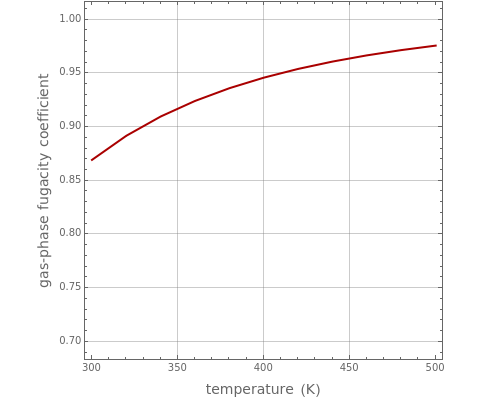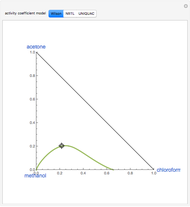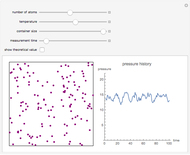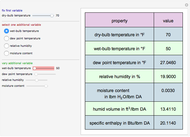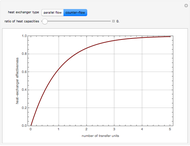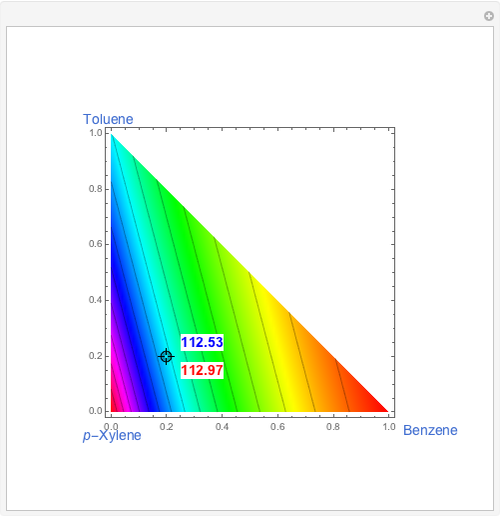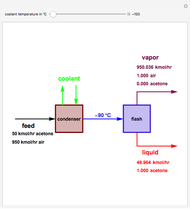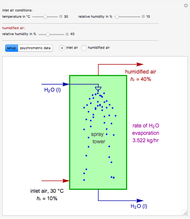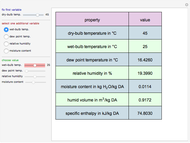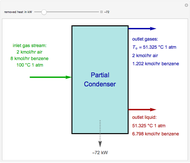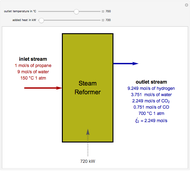Gas-Phase Fugacity Coefficients for Propylene

Requires a Wolfram Notebook System
Interact on desktop, mobile and cloud with the free Wolfram Player or other Wolfram Language products.
In the gas phase, deviation from ideal behavior is taken into account by introducing the fugacity coefficient  . In this Demonstration,
. In this Demonstration,  is defined for a pure species by
is defined for a pure species by
Contributed by: Housam Binous and Ahmed Bellagi (December 2016)
Open content licensed under CC BY-NC-SA
Snapshots
Details
References
[1] J. M. Smith, H. C. Van Ness, and M. M. Abbott, Introduction to Chemical Engineering Thermodynamics, 7th ed., Boston: McGraw-Hill, 2005.
[2] J. R. Elliott and C. T. Lira, Introductory Chemical Engineering Thermodynamics, 2nd ed., Englewood Cliffs, NJ: Prentice Hall International Editions, 2012.
[3] Aspentech. "Aspen Plus." (Dec 16, 2016) www.aspentech.com/products/engineering/aspen-plus.
Permanent Citation
